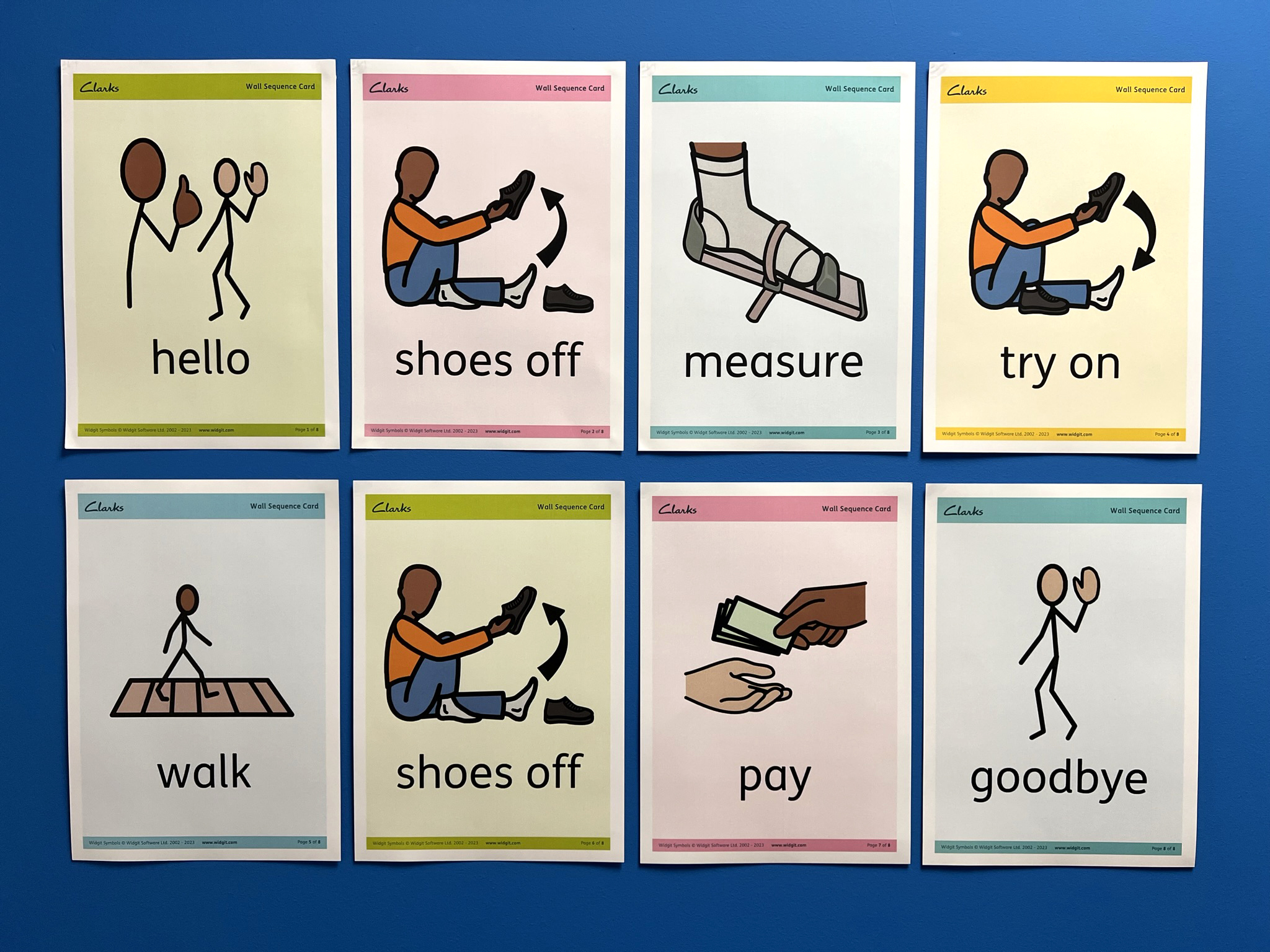With the summer holidays over, kids around the country will be geared up for the new school term with a brand-new backpack, shiny shoes and a fresh stationery set.
What they won’t be prepared for however, are those dreaded back-to-school bugs. Returning to the classroom after a fun-packed summer is not easy, especially when there’s a whole heap of illnesses just lurking around to take hold. So, what are the most common back to school illnesses and what can parents do to stave them off?
Chickenpox
Chickenpox is one of those common childhood illnesses and almost impossible to avoid. Chickenpox causes a rash of red, itchy spots that turn into fluid-filled blisters after about 12 hours. A few days later, the blisters will crust over to form scabs that fall off after a week or two. The rash normally appears in clusters behind the ears, on the face, scalp, under arms, on chest and belly, and arms and legs. The condition tends to be mild and clears up naturally in a week or two. Constant desire to scratch the pox is probably the most frustrating aspect for parents and kids alike but calamine lotion and antihistamines can help ease the itch.
Hand, Foot and Mouth
Hand, foot and mouth disease is a common viral infection that causes mouth ulcers and spots on the hands and feet. It is most common in young children – particularly those under 10 – but can affect older children and adults as well. It usually clears up by itself within 7 to 10 days. Early symptoms of hand, foot and mouth disease include a fever, loss of appetite, a cough and a sore throat. After a day or two, painful mouth ulcers develop and small, red spots may appear on the fingers, palms of the hands and soles of the feet. Also, for any parents wondering, the infection is not related to foot and mouth disease, which affects cattle, sheep and pigs.
Tonsillitis
Tonsillitis is inflammation of the tonsils usually caused by a viral infection or, less commonly, a bacterial infection. The condition is most common in children, teenagers and young adults. The main symptom of tonsillitis is a sore throat with red swollen tonsils. Other common symptoms include white pus-filled spots on your tonsils, pain on swallowing, a fever, coughing, a headache, tiredness, pain in the ears or neck, and swollen glands in your neck. Bed rest and plenty fluid is usually what’s needed for a speedy recovery.
Head Lice
Head lice are a common problem, particularly in school children aged 4-11 but they are totally harmless. These tiny insects live in our hair and can cause itchiness and general irritation. Lice and nits (the empty shell of head lice that have hatched) can quickly spread to other children from close contact such as sharing hair brushes or touching heads. Head lice can be treated with over the counter remedies from the pharmacy but for serious outbreaks, feel free to speak to the school nurse or your GP. Some practical advice to help prevent your child from getting nits while at school is to encourage them to hang their clothes on separate pegs from other children and spritz clothes with anti-lice sprays to kill any lice that may have jumped to clothes! There is also some evidence to suggest that girls are more likely to get lice than boys, so it may be an idea to keep their hair tied up in braids or a bun to lower the chances of lice being spread.
Scarlet Fever
Scarlet fever, also called Scarlatina, is a bacterial infection that causes a blotchy, pink-red rash. It’s most common in young children but can affect people of any age. Scarlet fever often starts with a sore throat, headache and fever. A rash appears 12-48 hours later. This starts as red blotches, but turns into a pinkish-red rash that feels like sandpaper. The rash spreads to other areas, commonly ears, neck, elbows, thighs and groin. The rash will turn white if you press a glass on it. The condition isn’t usually serious and can be treated with antibiotics from your GP. The good news is, once you or your child have had it, it’s unlikely you’ll get it again.
Tips for Avoiding Back to School Bugs
In truth, there is little that realistically can be done. If the bugs are out there, kids are going to catch them but here’s a couple of ideas to think about:
Be up to date with their immunisations. Their lives and their friends’ lives could depend on it.
Get A Good Nights Sleep!
A good night’s sleep can help keep those pesky bugs at bay so it’s important to get your child back into a routine for school. One way of tackling this is sending your kids to bed 15 to 20 minutes earlier each night for a fortnight leading up to the beginning of school.
Teenagers ideally need eight hours of sleep a night, whereas those at nursery school need around 12 hours a night. Get their sleep sorted and they stand a better chance of avoiding ill health.
Taking it into Their Own Hands
It may seem over-fussy but packing a small travel sized hand sanitizer in your child’s school bag is a good way to prevent germs from spreading. Although some back-to-school bugs cannot be completely avoided, prevention is better than cure.
If you are concerned about the health of your child, it is best to seek further medical advice from your GP.


By Dr Daniel Fenton and Dr Preethi Daniel, Clinical Directors at the Private GP Clinic, London Doctors Clinic




